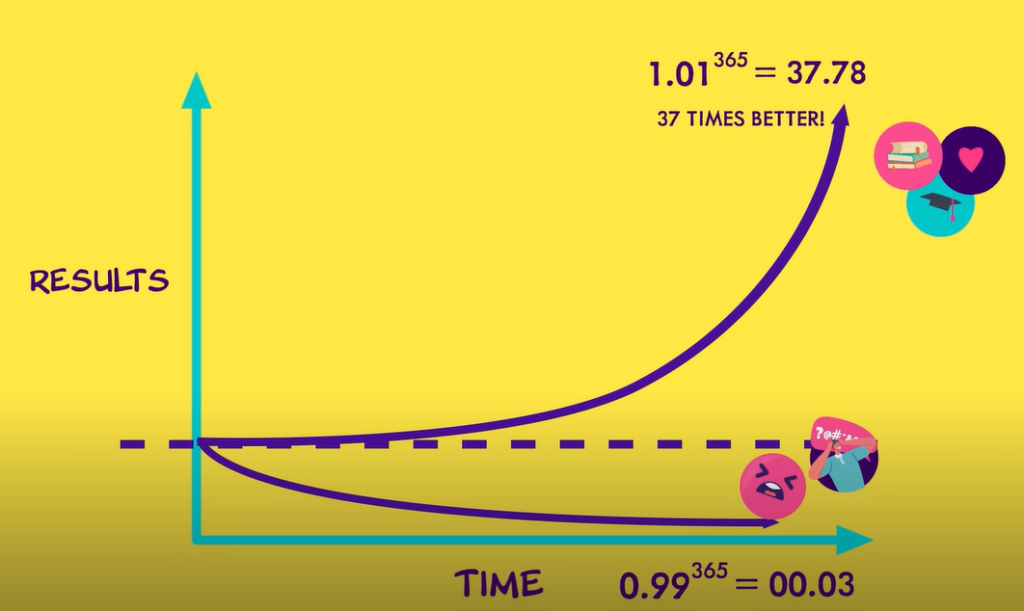Table of Contents
Introduction
In chess, the masters don’t just think about their next move—they anticipate the next five. In business and career growth, the same strategic foresight applies. Patrick Bet-David’s Your Next Five Moves isn’t just a book—it’s a blueprint for anyone serious about taking ownership of their future.
Whether you’re launching a startup, climbing the corporate ladder, or pivoting your profession, Bet-David’s framework encourages a deeper level of self-awareness, vision, and execution. Here’s how his five-move philosophy can reshape your career path and power your planning.
Move #1: Know Yourself
“If you don’t know who you are, you can’t know what you want.”
Career success starts with radical self-awareness. What drives you? Are you motivated by security or impact, legacy or freedom? Knowing your personality, values, and desires allows you to make decisions that align with your core identity—not someone else’s definition of success.
🔑 Career Insight: Take time to audit your strengths, weaknesses, passions, and patterns. Ask: “What kind of work makes me lose track of time?” Build your plan around that.
Move #2: Clarify Your Vision
“Clarity is power.”
Do you want to become a CEO, a renowned designer, or the go-to expert in your field? Bet-David emphasizes that without a vivid end goal, your efforts can scatter. Once you define where you want to go, you can start reverse-engineering the path.
🔑 Career Insight: Create a 3-year and 5-year vision board. Think titles, skills, projects, income, and lifestyle. Then map out the milestones you need to hit along the way.
Move #3: Strategize Like a Grandmaster
“It’s not just about hustling. It’s about thinking clearly and anticipating.”
Once you know yourself and your destination, it’s time to architect your next five moves. This means thinking long-term, making calculated risks, and understanding the consequences of today’s choices.
🔑 Career Insight: Think through your next promotion, certification, network connection, or market shift. What sequence of steps gets you to that next level?
Move #4: Build the Right Team
“Your circle will either multiply your ambition or sabotage it.”
Career planning isn’t solo. Whether you’re a freelancer or a corporate player, the people around you shape your growth. Surround yourself with mentors, allies, and teammates who challenge and sharpen you.
🔑 Career Insight: Audit your network. Who’s helping you evolve? Who’s holding you back? Start making intentional connections that align with your future.
Move #5: Master the Art of Power and Scale
“If you’re not growing, you’re dying.”
At the advanced levels of your career, the game changes. You’re not just executing tasks—you’re building systems, leading people, and navigating complex dynamics. Power and scale come from leverage: delegation, influence, and scalable models.
🔑 Career Insight: What can you delegate today? What systems can you build so your efforts compound over time?
🧠 Planning Ahead: Career as Strategy, Not Serendipity
The core of Your Next Five Moves is that success isn’t an accident—it’s engineered through clarity, strategy, and focus.
📌 Use this framework in your career planning:
- Quarterly check-ins with your personal vision.
- Annual goal setting based on skill-building and positioning.
- Weekly planning sessions to align tasks with long-term strategy.
- Daily execution with intent—every hour matters.
🔄 Final Thought:
If you’re feeling stuck or drifting, stop reacting and start playing the long game. Your future isn’t a mystery—it’s a set of deliberate moves. Master your first move today, and your fifth move will take care of itself.
“Be the grandmaster of your own life.”




